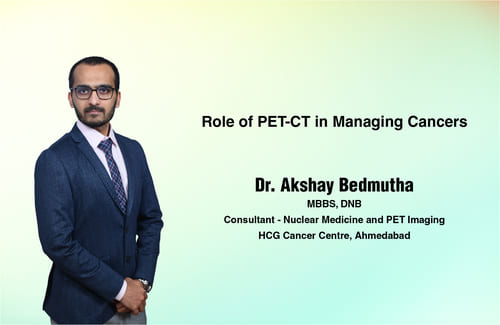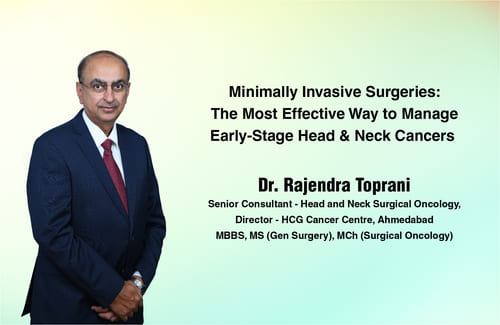
01 Nov, 2025
Feel free to reach out to us.

01 Nov, 2025
Positron Emission Tomography and Computed Tomography (PET-CT) combine two advanced imaging techniques to provide more accurate results with respect to the presence and recurrence of cancer. The CT scan provides detailed images of the tissues and organs, while a PET scan is a molecular imaging technique, which determines abnormal metabolic activity or protein expressions on cancer cells. The fusion of these two modalities provides unique information that is widely used to manage cancers. PET scan typically makes use of radioactive substances attached to various molecules of interest, which upon intravenous injection, selectively target pathologies in the body.
PET-CT not only is used to diagnose cancer but also provides valuable information regarding the cancer stage, the efficacy of treatment, recurrence of cancer, determining the site of biopsy, radiation treatment planning, the aggressiveness of cancer and much more. This fusion modality provides pivotal information to oncologists throughout the management of cancer patients. With the advent of newer chemotherapeutic drugs, precise radiotherapy technology and advances in surgical techniques, this modality has gained very high importance in guiding treating clinicians.
The basic principle behind PET-CT scan is an increased accumulation of the radiotracer molecules by cancerous cells due to their increased energy requirement or abnormal protein expression. It is a non-invasive imaging technique. These radiotracers are handled by trained nuclear medicine doctors and technologists. After administering intravenous injection of an appropriate radiotracer, a scan is acquired after approximately one hour, during which the radiotracer localises in pathologic cells. The areas with increased radiotracer concentration are visualised as bright spots in the scan, which are then correlated and complemented with CT scan characteristics, ultimately creating a comprehensive report by nuclear medicine specialists.
A new array of PET radiotracers, like RGD and FAPI, are in development and under clinical trials. PET-CT as a modality has opened a new horizon in treating cancer patients and providing crucial information to oncologists all over the world. In the era of precision oncology, PET is providing valuable information about cancers at the molecular level, elevating our understanding of the behaviour of this destructive disease. They are also providing newer treating avenues with high-dose radioactive agents in metastatic cancers, with minimal side effects to patients. We hope these advances in PET continue to deliver benefits to cancer patients everywhere.
This article is contributed Dr. Akshay Bedmutha, Consultant - Nuclear Medicine and PET Imaging, HCG Cancer Centre, Ahmedabad
